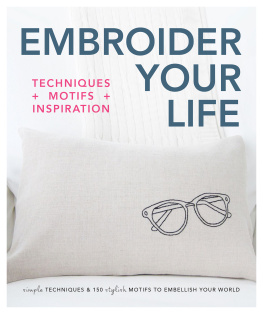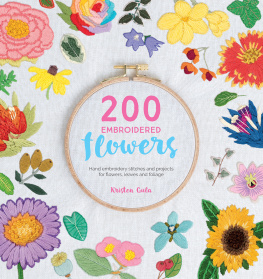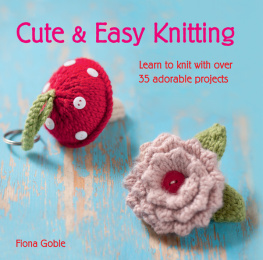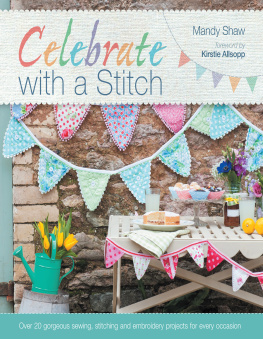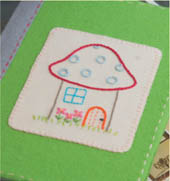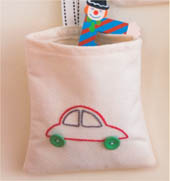

First published in 2011 by
New Holland Publishers (UK) Ltd
London Cape Town Sydney Auckland
Garfield House, 8688 Edgware Road,
London W2 2EA, United Kingdom
www.newhollandpublishers.com
80 McKenzie Street, Cape Town 8001, South Africa
Unit 1, 66 Gibbes Street, Chatswood, NSW 2067, Australia
218 Lake Road, Northcote, Auckland, New Zealand
Text and project design copyright 2011 Fiona Goble
Photographs copyright 2011 New Holland Publishers (UK) Ltd
Copyright 2011 New Holland Publishers (UK) Ltd
All rights reserved. No part of this publication may be reproduced, stored in a retrieval system,
or transmitted in any form or by any means, electronic, mechanical, photocopying, recording or
otherwise, without the prior written permission of the publishers and copyright holders.
Fiona Goble has asserted her moral right to be identified as the author of this work.
ISBN 978 1 84773 752 6
Senior Editor: Lisa John
Photography: Mark Winwood
Production: Laurence Poos
Design: Paul Stradling
Illustrations: Kuo Kang Chen
Publisher: Clare Sayer
2 4 6 8 10 9 7 5 3 1
Reproduction by Modern Age Repro House Ltd, Hong Kong
Printed and bound in Singapore by Tien Wah Press (PTE) Ltd
Some of the projects in this book are unsuitable for children under 3 years of age due to small parts. Always keep small or sharp objects (such as needles or buttons) away from small children.

There is something of a buzz in the air about embroidery at the moment. I dont mean everyones about to start stitching delicate flowers onto linen tablecloths all over again, but people are beginning to want clothes and home accessories that are a bit different. To my way of thinking, theres nothing easier and more enjoyable than customizing a few possessions with some carefully chosen stitches.
You probably know some of the basic stitches already. Even if you dont, Ive explained them all here and Im sure youll be able to pick them up in no time. You can buy embroidery thread and needles in almost any sewing or craft shop and in some big department stores, and get going right away. You can transform something ordinary into something special really swiftly sometimes in just a few minutes.
There are so many things that can be embellished by a bit of embroiderysome items you may already have and some you can make yourself. Ive only used a small selection of handmade items here, and Ive written some brief instructions on how to make them on .
But you dont have to stop with these. You can make and embroider spectacle cases, fabric photo frames, wash bags, table runners, peg bags...the possibilities are almost endless.
Sometimes embroidery is about trial and error. And sometimes its just about what takes your fancy. So browse through the book and have a look through your home and wardrobe and decide where you want to start. Above all, I hope you have fun.
Fiona Goble
One of the best things about the stitching bug is that you only need a few basic bits of equipment to get started. Better still, all the items are relatively inexpensive. If you dont already have these items in your sewing or craft box, you can easily get hold of these from most craft shops or from online craft or sewing stores.
The basics
Embroidery needle
Embroidery needles have sharp points and eyes that are big enough to thread six-strand embroidery thread. A medium-size embroidery needle is suitable for all the projects in this book.
Embroidery thread (floss)
I have sewn all the projects in this book with ordinary six-strand embroidery thread (floss) that comes in a rainbow of different colours. The colours you buy will depend on the projects you want to make but its a good idea to start out by buying a selection of basic colours that you can then add to. Most embroidery threads sold in craft shops are colourfast but it is worth checking just to make sure. Even if you are embroidering something you dont plan to wash, you will probably still need to spray it with water to remove the marks from your water-soluble pen or quilters pencil (see Methods of transfering your pattern, right).
For most of the projects in this book, you will need to use three strands of embroidery thread. In other words, you will need to cut a length of six-strand thread then divide it in two. In some cases you will need to use fewer or more strands of thread.
Embroidery thread comes in little skeins that are kept together with one or two paper loops. These skeins can easily get tangled so you might want to take some steps to make sure your threads behave. The easiest way to do this is to wind the whole skein of thread onto a special bobbin that you can buy in craft stores. Alternatively, you could wind the thread around a piece of card with a little slit along one side to hold the end of the thread in place.
Fabric
You can embroider almost any fabric. Good fabrics for beginners are medium-weight woven cottons, tightly woven linen and felt. Avoid fabrics that are very stiff, shaggy or very heavily textured. Also avoid fabrics with a very loose weave, since these could pucker easily and stitches such as French knots (see ) could slip through your work and spoil it.
You can embroider stretchy materials such as cotton T-shirts and fleece, although these arent ideal for beginners because they need a little bit more care.
Methods of transferring your pattern
There are three main methods to transfer your pattern to your fabric:
A water-soluble pen or quilters pencil (these work like an ordinary felt tip or pencil but are easily removed with water);
Dressmakers carbon paper or transfer paper and an ordinary pencil;
A special transfer pen or pencil, some tracing paper, an ordinary pencil and an iron.
For the first two methods you will also need access to a photocopier, a computer with a scanner, or some tracing paper and a black pen.
Each of the three pattern transfer methods will produce a clear outline for you to stitch. For more details about transferring your pattern, see .
Embroidery scissors
These are small, sharp scissors and I strongly advise you to buy a pair if you do not already have some. Because they are small, theyre easier to use than other scissors when snipping thread when youve finished stitching.
The small points are also useful if you need to undo any work. You can use them to pull the thread to undo a few stitches or to snip stitches before pulling them out.
Helpful extras
Trimmings
For some of the projects you will need trimmings such as buttons, braid or bias binding. Its a good idea to build up a selection of items like these so you have a choice. The type of trimmings you choose can make a big diference to the look of your project.
Next page
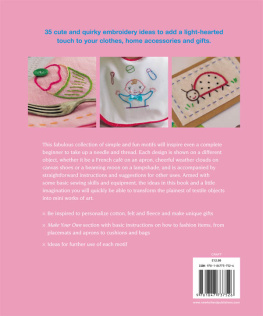
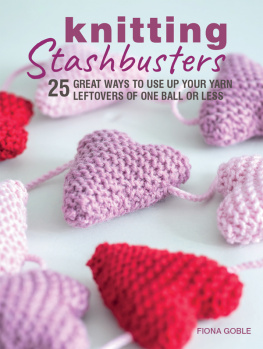
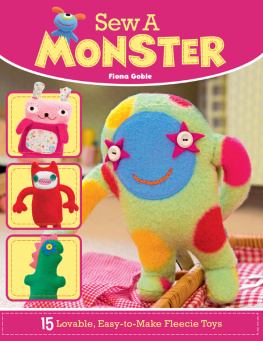
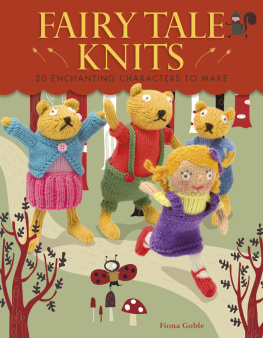

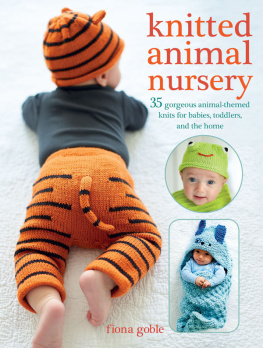
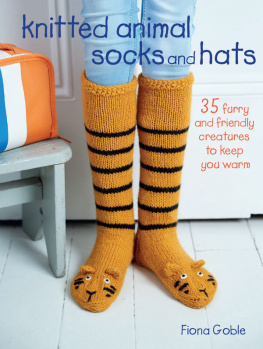


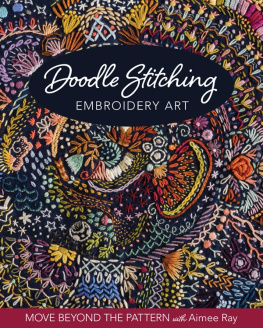
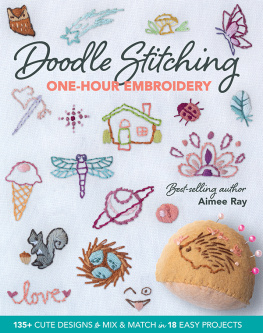
![Kozue Yazawa [矢澤こずえ] - Blue & White Embroidery: Elegant Projects Using Classic Motifs and Colors](/uploads/posts/book/319389/thumbs/kozue-yazawa-blue-white.jpg)
